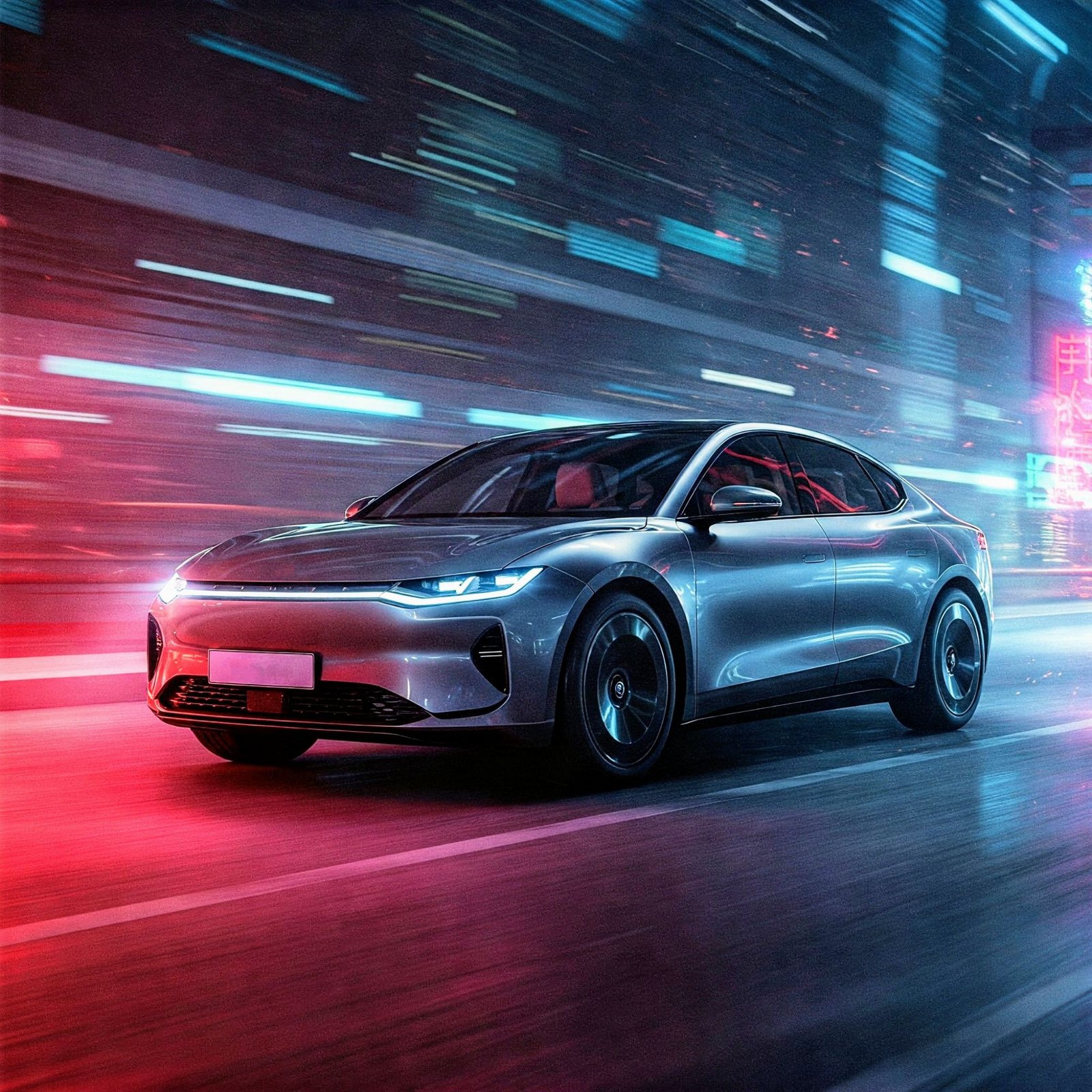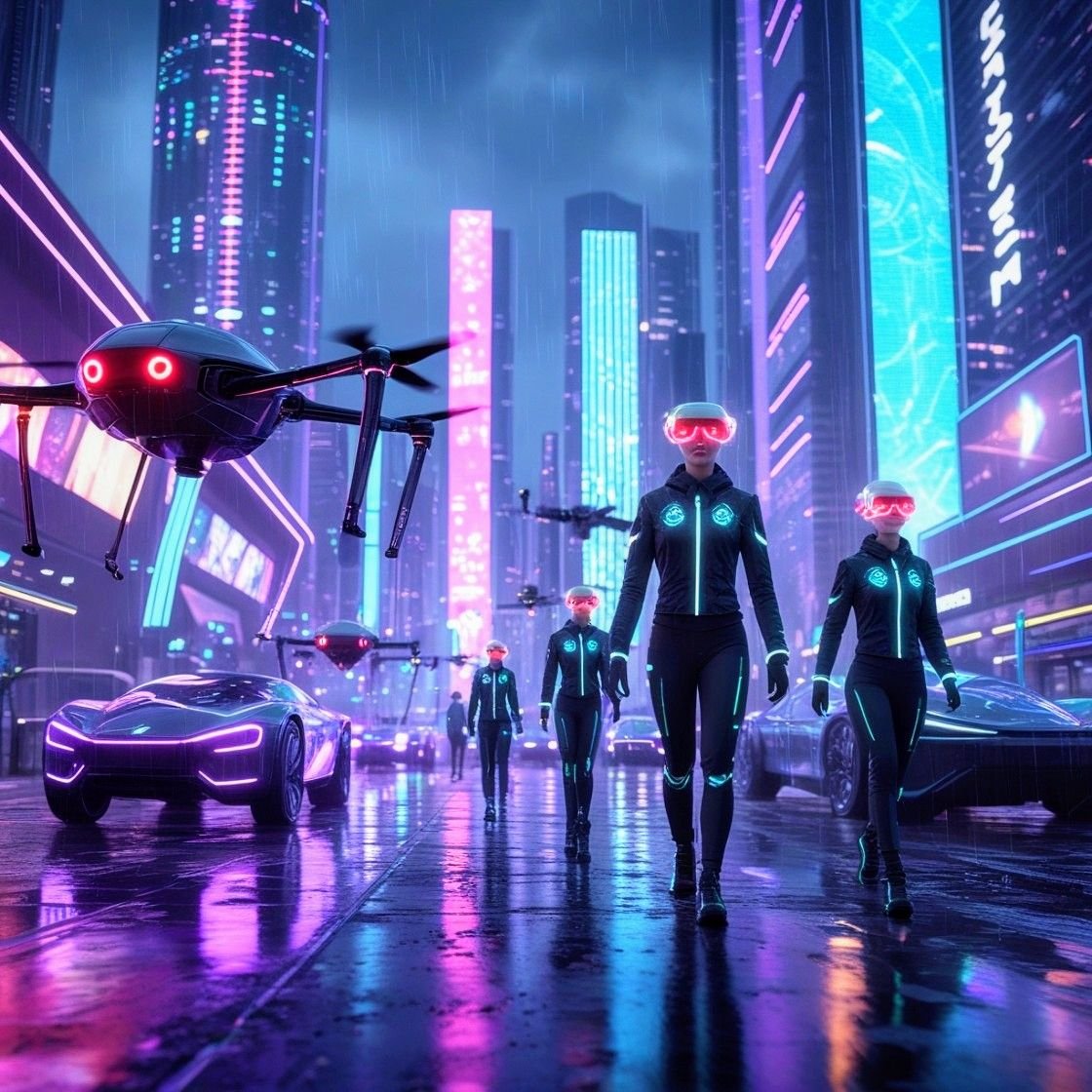AI-Generated Image. Xiaomi SU7 Outselling Tesla by Tech Is The Culture
Xiaomi SU7 Cars Outselling Tesla: How A Phone Giant Became An EV Underdog’s Worst Nightmare
Let’s set the scene: Imagine Tesla as the rockstar of electric vehicles, strutting onto China’s stage in 2020 with a mic drop at Gigafactory Shanghai. Fast-forward to 2025, and there’s a new opening act stealing the spotlight—Xiaomi, the smartphone titan turned EV disruptor. In a plot twist worthy of a tech thriller, the Xiaomi SU7 sedan has outsold Tesla’s Model 3 in China, the world’s largest EV market. Buckle up, buttercup, because this isn’t just a sales race—it’s a masterclass in innovation, ambition, and a dash of cheeky competition.
The Numbers Don’t Lie (But They Do Roar)
From April 2024 to January 2025, Xiaomi delivered 162,384 SU7s in China, edging out Tesla’s 152,748 Model 3s. Let that sink in: a company known for making your grandma’s budget smartphone now builds cars that outsell Tesla’s poster child. The Xiaomi SU7 didn’t just sneak past the Model 3—it turbo-boosted past it during holiday sales slumps and kept accelerating. In January 2025 alone, 22,897 of the SU7 were sold, while Tesla managed a mere 8,009 Model 3s.
How’d they pull it off? Think of it as a recipe: take one part aggressive pricing (the Xiaomi SU7 undercuts the Model 3 by roughly $2,500), add a heaping spoon of tech extras (heads-up display, rear mini fridge—because why not?), and bake it all in a factory that borrowed Tesla’s gigacasting playbook. The result? A sedan that’s part eco-warrior, part gadget-laden spaceship.
Tesla’s “Hold My Circuit Board” Moment
Tesla isn’t exactly sweating bullets—yet. The Model Y was China’s best-selling car, moving 480,309 units in 2024. But Xiaomi’s next move? The YU7 SUV, a Model Y rival set to launch mid-2025. If the SU7 is any indication, this crossover could be Tesla’s “uh-oh” moment. Xiaomi’s CEO, Lei Jun, isn’t subtle: “Why build new when we can upgrade what’s already there?” (Spoiler: He’s talking about retrofitting streetlights into EV chargers, but the sentiment applies to market dominance too.)
Meanwhile, Tesla’s response has been… interesting. They updated the Model Y to look suspiciously like Xpeng’s cars, which is like Apple releasing an iPhone that resembles a Samsung. Bold strategy, Elon.
Why The Xiaomi SU7 Is The EV World’s New Crush
Let’s dissect the SU7’s charm offensive:
Tech That Doesn’t Quit: Xiaomi stuffed the SU7 with features Tesla left in the brainstorming phase. We’re talking a 10% larger battery for extra range, that aforementioned fridge (perfect for road-trip ice cream), and—wait for it—actual turn signal stalks. Revolutionary, right?
Production Wizardry: Xiaomi produced 70,000 SU7s in its first six months, outpacing Tesla’s 50,000 Model 3s during Giga Shanghai’s debut. Their secret? Hypercasting (read: gigacasting with a flair for drama) and structural battery packs borrowed from Tesla’s Model Y playbook.
Waitlist Woes: Want an SU7? You’ll wait 31-34 weeks. Tesla’s Model 3? Just 1-3 weeks. Nothing says “hot commodity” like a waitlist longer than a Marvel movie marathon.
The Dark Horse: Xiaomi SU7 Ultra
Not content with merely outselling Tesla, Xiaomi dropped the SU7 Ultra—a 1,527-horsepower beast that hits 0-62 mph in 1.98 seconds and costs less than a Porsche Taycan Turbo GT. It’s like if a Nokia phone suddenly morphed into a lightsaber. The Ultra even set a lap record at Shanghai International Circuit and plans to conquer the Nürburgring. Tesla’s Plaid models might need to check their rearview mirrors.
Does Tesla Have A China Conundrum?
Tesla’s early success in China hinged on its “premium foreign brand” allure. But as Xiaomi’s VP Li Xiaoshuang said, “Transparency is the antidote to greenwashing.” Translation: Chinese buyers now crave homegrown innovation over imported prestige. Tesla’s Model 3 sales dipped 50% year-over-year in January 2025, while the Xiaomi SU7 became the shiny new toy.
Even Tesla’s Shanghai factory, once a crown jewel, is feeling the heat. The plant front-loads exports early each quarter, causing wild swings in local deliveries. In March 2025, Tesla’s China sales fell 11.5% year-over-year, while Xiaomi’s hit a record 29,244 units.
What’s Next? Spoiler (It’s Global)
Xiaomi isn’t stopping at China. CEO William Lu confirmed plans to go global, eyeing markets where Tesla’s grip is slipping. Imagine the Xiaomi SU7 zipping through Berlin or Silicon Valley—Tesla’s hometown. The EV Cold War just got spicy.
Disruption Never Looked This Fun
Xiaomi’s rise isn’t just about outselling Tesla—it’s about rewriting the EV rulebook. They’ve proven that a smartphone maker can pivot to cars faster than you can say “range anxiety,” blending tech savvy with ruthless efficiency. As for Tesla? They’re still the EV OG, but as one analyst put it, “In China, Tesla’s now just another brand in a sea of sharks.”
So, is the Xiaomi SU7 the ultimate “Tesla killer”? Maybe not yet. But with a fridge in the back and hypercasting up its sleeve, it’s certainly one of the most entertaining contenders.
Got thoughts on the EV showdown? Share your hot takes below—preferably while charging your Xiaomi SU7 at a retrofitted streetlight. 🔌🚗
Let us know your thoughts on the subject at techistheculture.bsky.social. Keep ahead of the game with our newsletter & the latest tech news.
Disclaimer: This article contains some AI-generated content that may include inaccuracies. Learn more [here].



